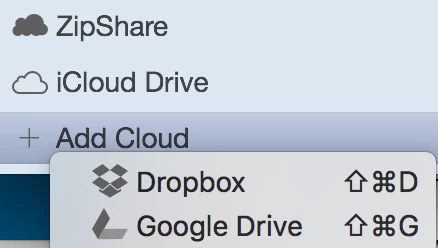Hey, all:
I have a vendor pkg wrapped in a Composer-made dmg with a postflight script that looks exactly like this:
#!/bin/sh
## postflight
##
## Not supported for flat packages.
installer -pkg /path/to/pkg -target /
exit 0 ## Success
exit 1 ## FailureWhen I push with Casper Remote, the pkg gets laid down where I want it, but the postflight never seems to run.
JSS Version: 9.21
Tips? Something obvious?
Thanks in advance for any help,
Michael







